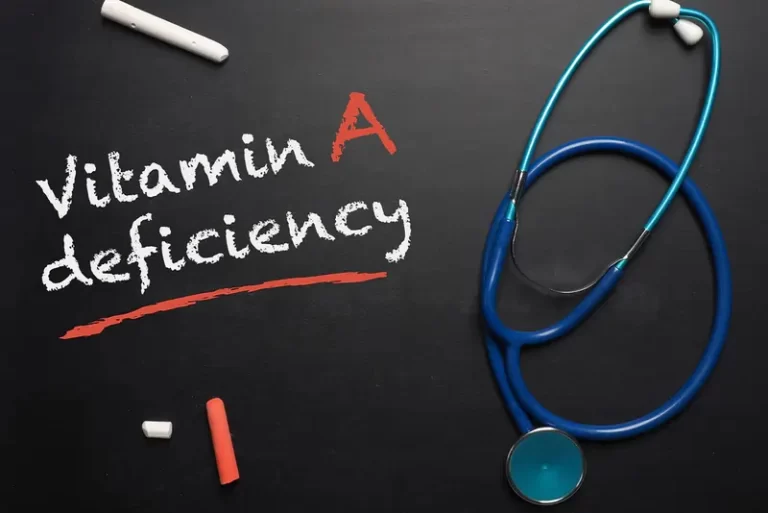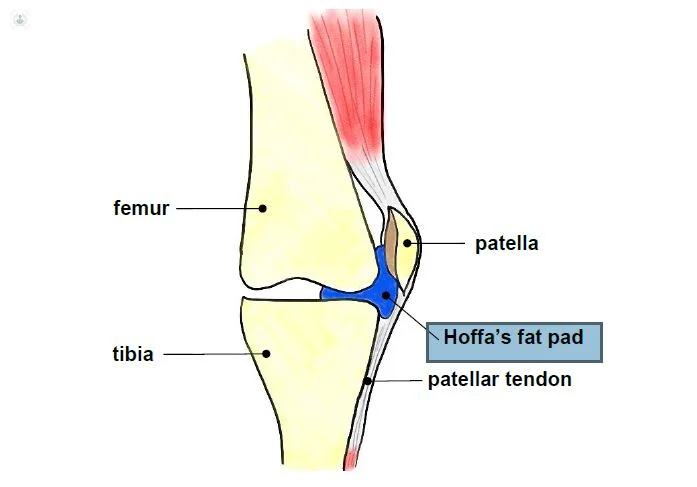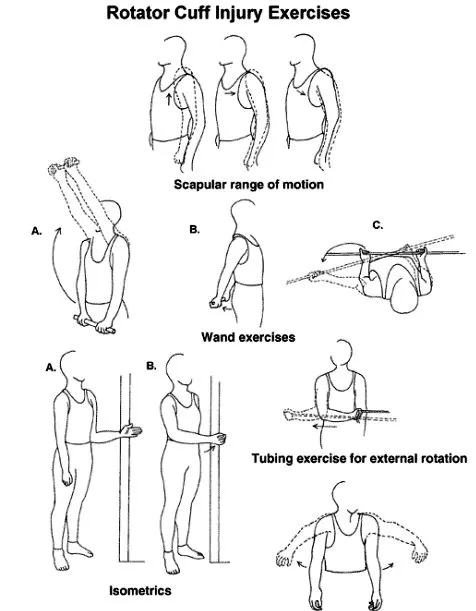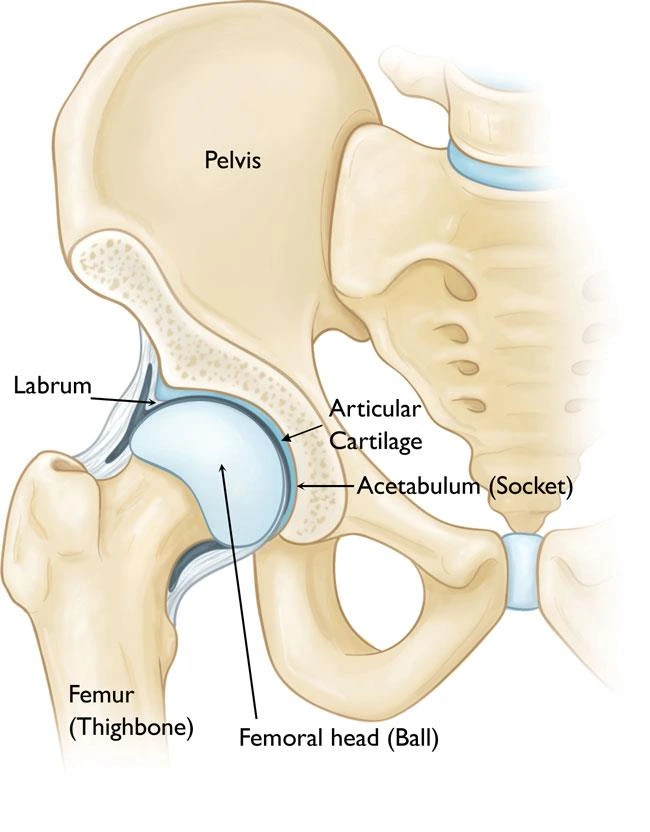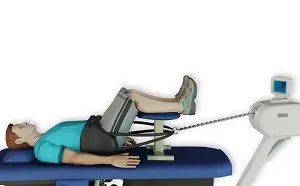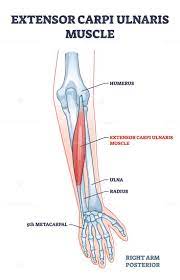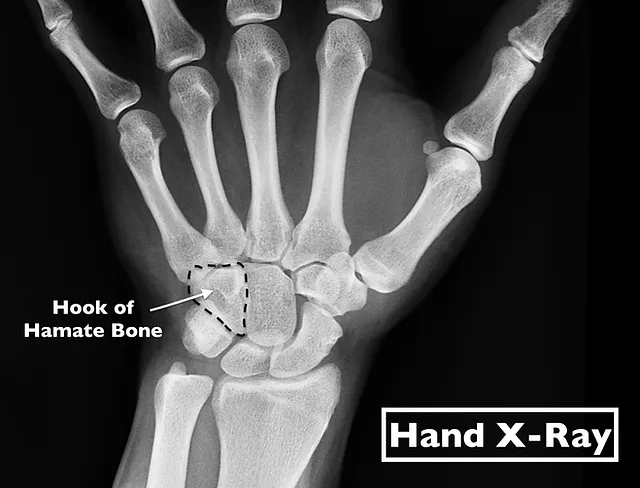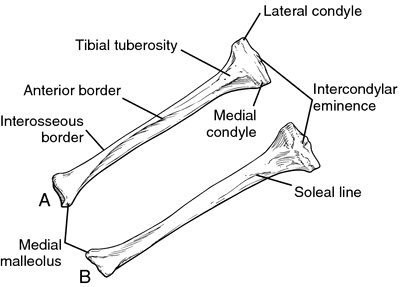Vitamin A Deficiency
Vitamin A deficiency occurs when the body doesn’t get adequate vitamin A. Diet lacking in vitamin A & specific diseases can lead to vitamin A deficiency. Symptoms contain vision problems such as night blindness. Treatment involves accepting vitamin A supplements. You can prevent vitamin A deficiency by eating several foods that include vitamin A. What…

